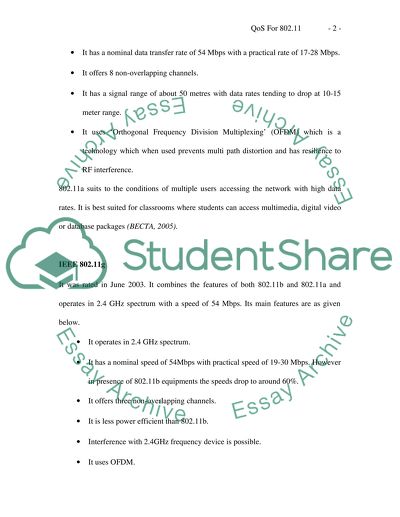Cite this document
(“An overview of IEEE 802.11 (wireless network standard) Essay”, n.d.)
Retrieved from https://studentshare.org/information-technology/1521858-an-overview-of-ieee-80211-wireless-network-standard
Retrieved from https://studentshare.org/information-technology/1521858-an-overview-of-ieee-80211-wireless-network-standard
(An Overview of IEEE 802.11 (wireless Network Standard) Essay)
https://studentshare.org/information-technology/1521858-an-overview-of-ieee-80211-wireless-network-standard.
https://studentshare.org/information-technology/1521858-an-overview-of-ieee-80211-wireless-network-standard.
“An Overview of IEEE 802.11 (wireless Network Standard) Essay”, n.d. https://studentshare.org/information-technology/1521858-an-overview-of-ieee-80211-wireless-network-standard.


